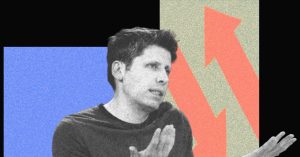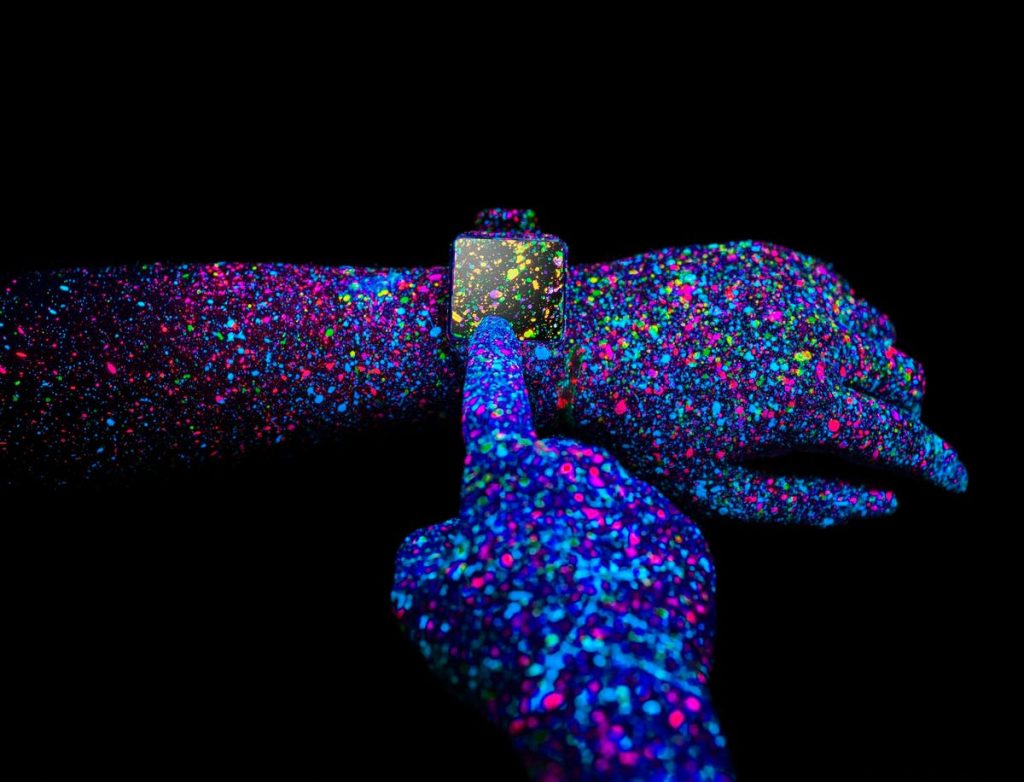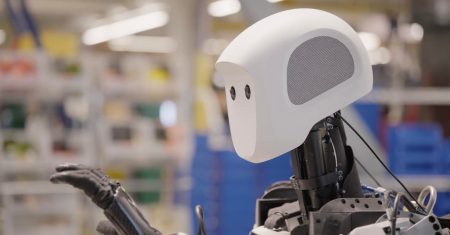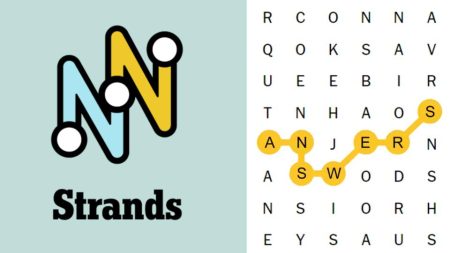Gautam Hazari is the CTO of Sekura.ID and a Mobile Identity guru. He holds several technology patents and plays 11 musical instruments.
One way to predict the future in a more objective, evidence-centric way is to look for recently filed patents and join the dots. While looking for recently published patents, I stumbled upon a U.S. patent published on the 20th of July, 2023. My curiosity was piqued when I saw the applicant’s name: Apple Inc.
The title is a little unassuming: “Biosignal Sensing Device Using Dynamic Selection of Electrodes.” The title doesn’t give many hints, although it is enough to catalyze the curiosity of my mind. I continued to read and came across the next evolution of Apple’s AirPods.
As the title of the patent hinted with words such as “Biosignal” and “Electrodes,” it is about fitting in EEG (electroencephalography) sensors as electrodes in the AirPods, and the “Biosignals” referred to in the title are the “brain signals.”
So, what is this about? Simply, it’s to use the electrodes in the AirPods to sense (read) specific biosignals—brain signals.
The brain signals can be profiled using deeply-trained machine learning models to understand our thoughts and emotional presence—calm, sad, happy, angry, confused and more.
You don’t need to double-tap on the AirPod anymore to skip to the next song; just “thinking” will do that.
These “thoughts” are connected, sensed by the electrodes, connecting the sensed “thoughts” to the mobile device using Bluetooth, to the mobile app, to the cloud and to the machine learning algorithms in the cloud—forming the “Internet of Thoughts”—The IoTh.
Full disclosure: This is not what the patent is revealing or claiming; this is what my curious brain is extrapolating and predicting.
The bio-sensing electrodes as on-ear EEG sensors built into the AirPods fit the generic, multipurpose device, opens the door for the IoTh to become a mainstream reality and also fits the “desire” to wear the device; judging by more than 150 million AirPods being sold by Apple by 2022.
Let’s peek back into the history of the Internet to predict the possible evolutionary path of the IoTh.
The Internet—which is the “IoC” or the “Internet of Content”—has gone through a steep evolution. 1989 saw the birth of Web 1. Web 1 was a “read-only” ecosystem where users could consume content from the Internet. With the introduction of mobile phones and making the Internet more personal, Web 2 was born in 2004–2005.
The “Internet” became “writable”; users started to “write” into the Web by generating content, mostly using mobiles, and uploading to the Internet. The “writable” Web has continued until today and has evolved enormously, with the explosion of user-generated content in the “writable” Web, mostly fuelled by social media.
A similar trend can be seen in the IoT world—the “Internet of Things,” where both reading and writing into the “things” make it a complete ecosystem of “smart everything,” from smart homes to smart cities and everything in between.
IoT “sensors” read the various parameters—temperature, humidity, acceleration, angle of rotation, altitude, direction—anything that needs to be measured.
The “actuators” are the elements that wait for instructions to be “written” to perform actions; the motors, the steppers, the switches and so on—which get instructions “written” from the connected Internet and act upon them.
LIDAR (Light Detection and Ranging) reads a nearby obstacle on the path of an autonomous car and the microprocessors, with the help of the trained machine learning models, write into the braking system to action.
Is it not fair to predict, following cues from the Internet of Content and IoT, that it is just a matter of time when the thoughts will be “written” as well? The IoTh will be writable!
So, I am walking past a fast-food restaurant, listening to my favorite music on my AirPods, and an app geo-locates the fast-food restaurant near me, “writes” the “thoughts” in my brain that “I am hungry,” and that “I love that burger”!
Let’s remind ourselves that the Internet was created without an Identity Layer. The Internet was designed to identify computers and not the human users. The Internet is still missing the Identity Layer.
The Problem With Passwords
We are still using stop-gap approaches like passwords to solve this identity crisis, even though 81% of data breaches are related to passwords—“123456” being the most popular password used for the last five years, which can be cracked instantly.
We have seen how this lack of an Identity Layer brings life-or-death situations in the IoT world (imagine the serious implications when the password used in a connected pacemaker is compromised.)
The other approaches for solving this Identity crisis, like biometrics, have been severely challenged by the accelerated revolution of generative AI. We cannot afford to wait to see the implications of this lack of an Identity Layer for the IoTh—the “Internet of Thoughts.”
We almost forget that there is a digital service that we use several times a day, which we cannot even live without, but it does not use stop-gap measures like passwords or even biometrics to identify us; we even have a name for fear of losing it—“Nomophobia.” Yes, I am talking about the mobile phones. We do not need to use passwords or any other methods when making or receiving phone calls; the mobile network identifies the user on its own.
Mobile-network has its own “Identity Layer” enabled through the SIM. This Identity Layer quietly existed since 1991. So, the glaring question is, can’t we bring in the same Identity Layer to solve the identity crisis of the internet? The answer is an astounding yes!
The SIM uses cryptography to identify the user, and that too in a humanized way so that it is invisible to the human user. We can use SIM-based methods to enable the missing identity layer of the Internet and solve the identity crisis for the IoC, IoT and IoTh—and protect everyone, everything and every thought connected to the Internet.
The way to change the future is to create it.
Forbes Technology Council is an invitation-only community for world-class CIOs, CTOs and technology executives. Do I qualify?
Read the full article here










